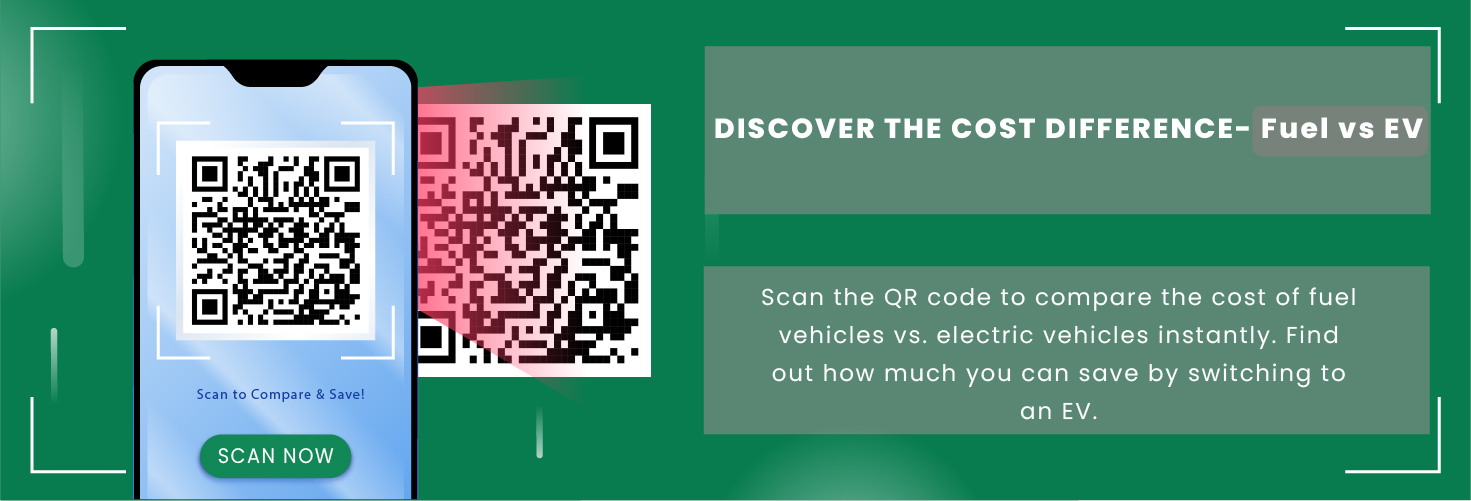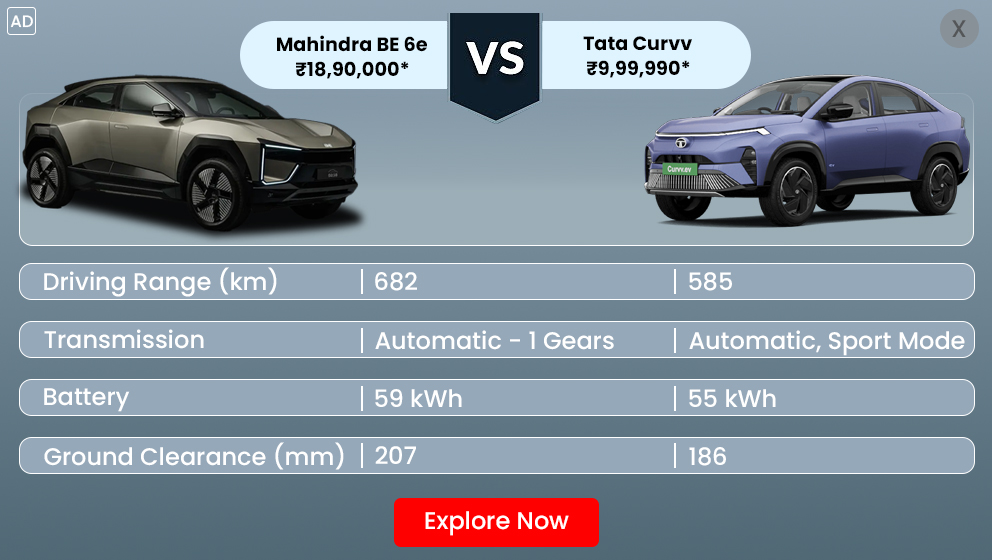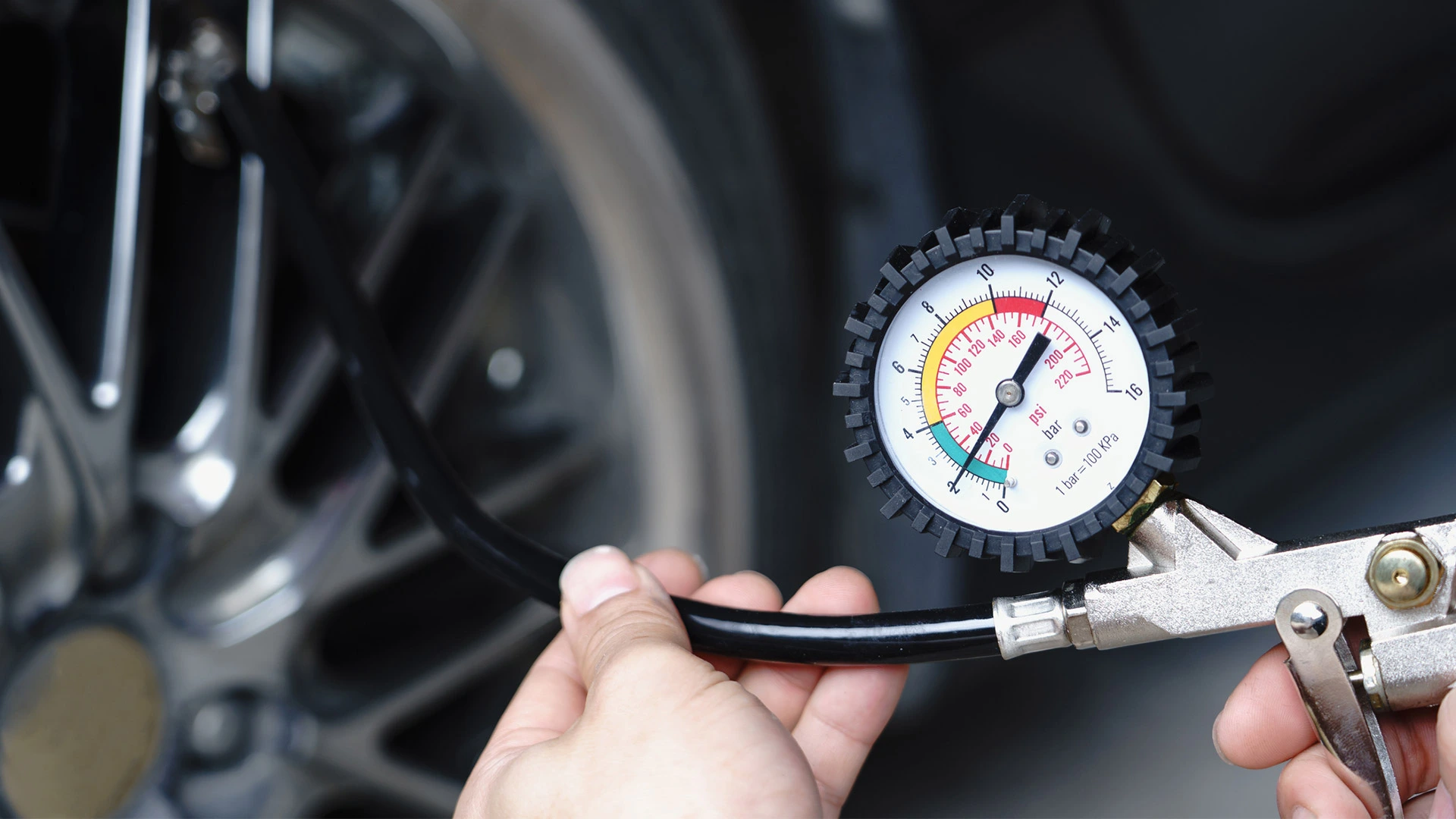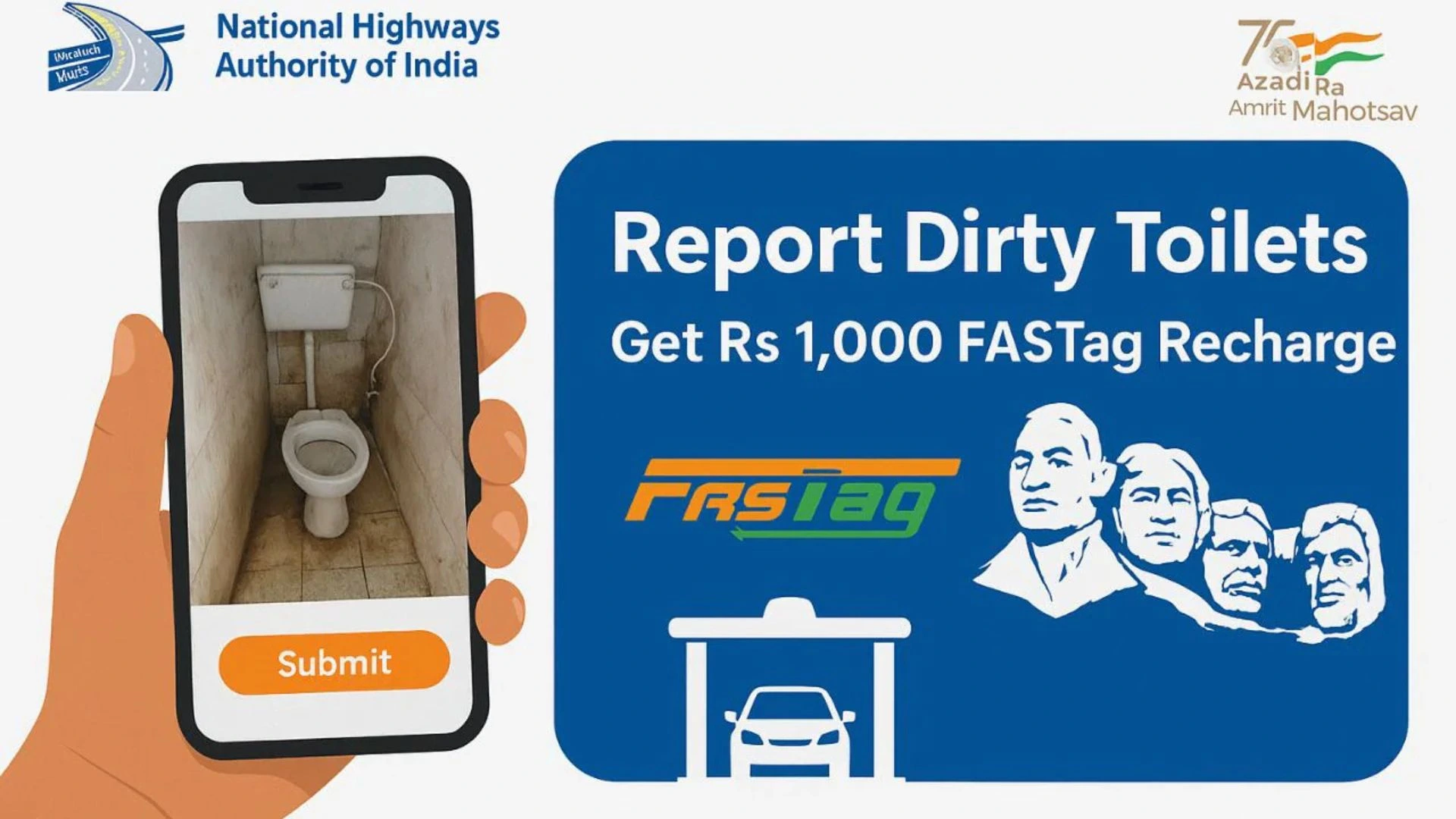In the modern era of intelligent driving, safety and performance go hand in hand. One of the most underrated yet vital innovations enhancing vehicle safety today is the TPMS for car or Tyre Pressure Monitoring System. As vehicles become more advanced, this system ensures that a small but critical detail, tyre pressure, never goes unnoticed.
Whether you drive daily through city traffic or explore long highway stretches, TPMS provides the confidence that your car’s tyres are performing at their best.
This guide dives deep into how TPMS works, the different types, the technology behind its sensors, its benefits, and why every driver should pay close attention to this seemingly small system that can make a big difference on the road.
Understanding TPMS
The Tire Pressure Monitoring System is a smart electronic feature that keeps track of the air pressure inside your car’s tyres in real time. When the pressure drops below or rises above the recommended limit, it triggers the TPMS light on the dashboard, alerting the driver to take action.
Proper tyre pressure isn’t just about comfort, it affects braking distance, handling precision, fuel efficiency, and tyre longevity. Without the right pressure, tyres wear unevenly, the engine consumes more fuel, and your car’s balance is compromised. In essence, TPMS for cars plays a preventive role, helping avoid costly repairs and dangerous blowouts.
Types of TPMS Systems
While every TPMS serves the same purpose, not all operate the same way. Two major types are used in modern vehicles:
1. Direct TPMS
- Uses individual TPMS sensors inside each tyre.
- Measures air pressure and temperature directly and transmits this data to the car’s ECU (Electronic Control Unit).
- Provides real-time, highly accurate readings.
- Can identify exactly which tyre has a problem.
2. Indirect TPMS
- Works through the Anti-lock Braking System (ABS).
- Detects underinflation by measuring changes in wheel rotation speed.
- Does not use pressure sensors inside tyres.
- Less expensive but also less precise.
While indirect TPMS offers simplicity and lower costs, direct TPMS is favoured for its precision, particularly in modern sedans and SUVs that require high stability and control.
Key Features of TPMS for Car
Modern TPMS systems come equipped with advanced features that go beyond simply measuring air pressure.
- Real-time pressure monitoring: Continuously displays current pressure data.
- Automatic alerts: The TPMS light activates when pressure deviates from factory settings.
- Temperature sensing: Many systems also measure internal tyre temperature.
- Battery-backed sensors: Each sensor is powered by an internal cell with a long TPMS battery life, typically lasting 5–10 years.
- Integration with infotainment systems: Some vehicles display readings directly on touchscreen interfaces.
- Customizable thresholds: Drivers can adjust warning levels using a TPMS tool or app.
Together, these features provide convenience, control, and a higher level of confidence on the road.
How TPMS for Car Works
Understanding how a tyre pressure monitoring system functions helps drivers appreciate its precision.
Each wheel is fitted with either a pressure sensor (in direct TPMS) or monitored through wheel speed (in indirect systems). The sensors constantly transmit data to the car’s control unit. When a tyre’s pressure deviates from the manufacturer’s recommended PSI, the system identifies the difference and activates the TPMS warning light.
This real-time communication allows drivers to take corrective action before tyre performance is compromised. Some modern vehicles even display exact pressure readings for all four tyres, enabling proactive maintenance rather than reactive fixes.
Common TPMS Alerts and What They Mean
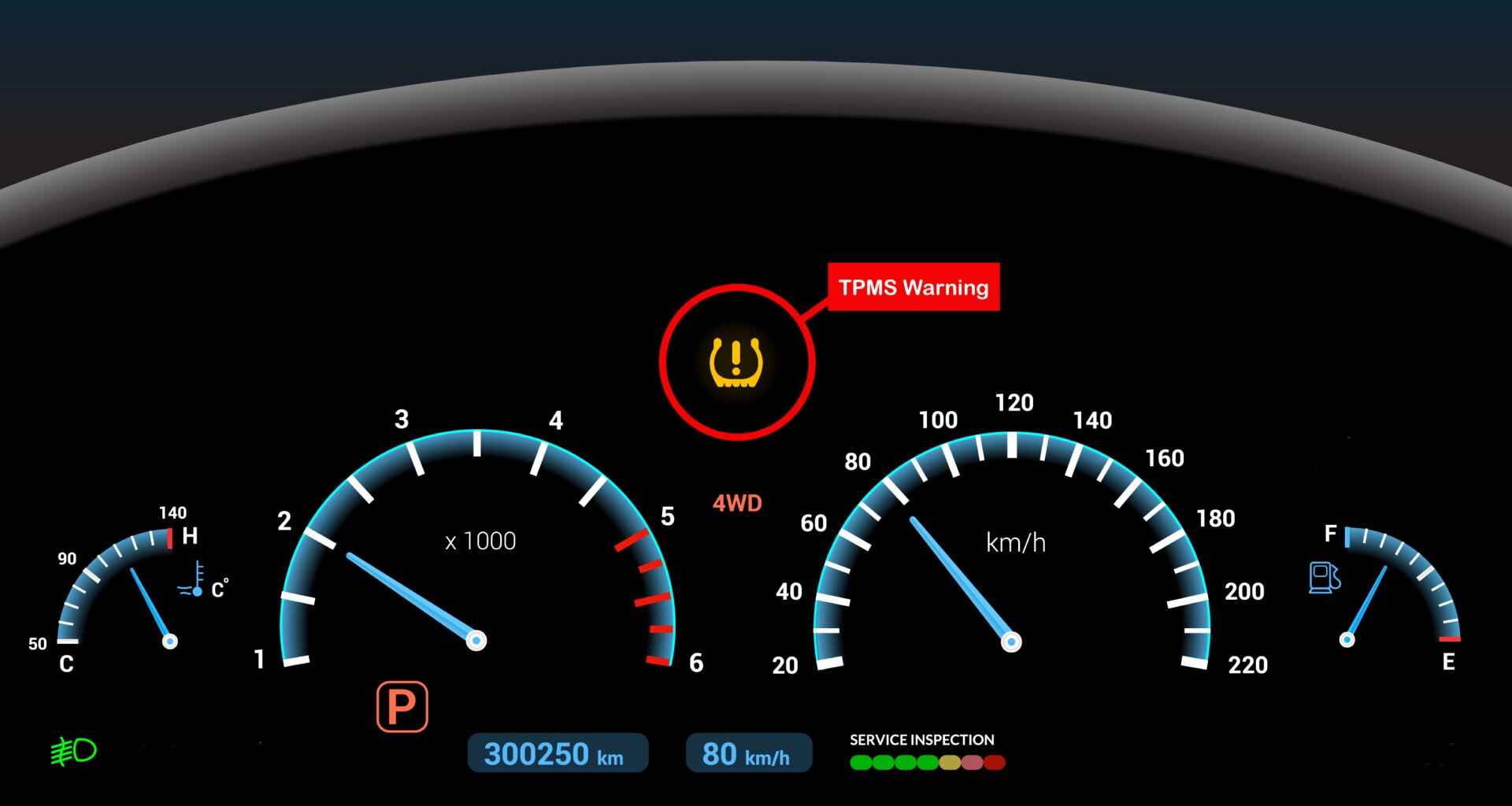
When the TPMS light turns on, it’s your car’s way of warning you about potential tyre issues. Here’s how to interpret it:
- Solid TPMS Light: One or more tyres are under-inflated. Check pressure immediately.
- Flashing TPMS Light: Indicates a malfunction in the system, often due to a dead sensor or calibration issue.
- Intermittent Alerts: May suggest fluctuating temperatures or borderline pressure levels.
Ignoring these warnings can lead to increased tyre wear, reduced fuel economy, and higher accident risks.
TPMS Reset
After adjusting tyre pressure, rotating tyres, or replacing sensors, you may need to perform a TPMS reset to synchronise the system.
General Reset Procedure
- Inflate all tyres to the recommended PSI.
- Turn the ignition key to the “ON” position without starting the engine.
- Locate the reset button, usually beneath the steering column.
- Hold it until the TPMS light flashes three times, then release.
- Start the vehicle and drive for 10–15 minutes at 50–60 km/h to recalibrate.
Some vehicles require a professional OBD2 TPMS tool or TPMS relearn tool for accurate programming, especially when replacing multiple sensors.
TPMS Sensor Replacement
A TPMS sensor doesn’t last forever. Most sensors function well for 5–8 years, after which the battery weakens, leading to inaccurate readings.
When to Replace a Sensor
- The TPMS light stays on despite correct pressure.
- A professional diagnostic scan detects low sensor battery voltage.
- During tyre replacement or wheel upgrade (ideal time for new sensors).
Replacement Process
- Remove the tyre from the rim.
- Unscrew and detach the old TPMS valve stem.
- Install the new sensor, ensuring the correct TPMS frequency (315 MHz or 433 MHz, depending on vehicle).
- Torque the valve nut properly to prevent air leaks.
- Reprogram the sensor using a TPMS tool or visit a service centre for calibration.
Regular maintenance ensures accurate pressure readings and prevents system errors.
Decoding Your TPMS Light Trouble shooting Common Problems
Even with regular checks, issues may arise. Here’s how to address the most frequent concerns:
- Light Remains On: Check for slow leaks or punctures. If all tyres are fine, the system may need recalibration.
- Inconsistent Readings: Possibly due to a weak TPMS sensor battery. Replace the affected unit.
- False Warnings After Tyre Rotation: Use a TPMS relearn tool to reset sensor positions.
Modern vehicles sometimes experience signal interference that affects sensor communication. A professional technician can quickly identify and fix such issues.
Why Good Tyres Still Matter
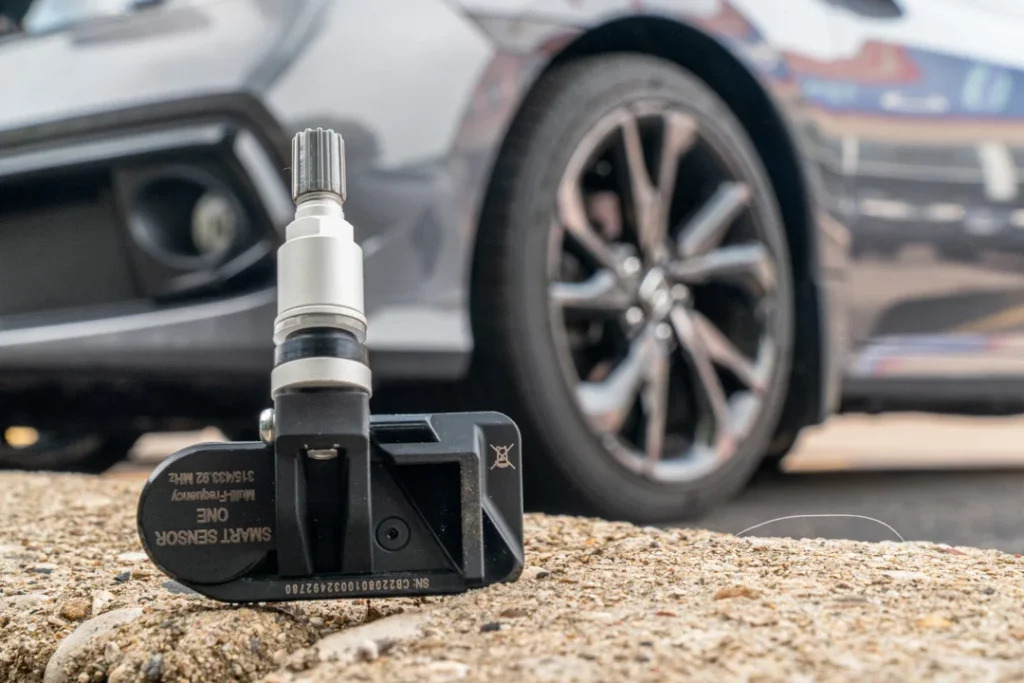
While TPMS for car ensures accurate pressure, it cannot compensate for poor tyre quality. Safe driving requires a combination of correct pressure and durable, well-maintained tyres.
- Inspect Tread Depth: Tyres with shallow treads lose grip easily.
- Check Tyre Age: Replace tyres older than five years, regardless of wear.
- Schedule Regular Rotations: Promotes even tread wear.
- Avoid Overinflation: Too much air reduces contact with the road, affecting braking.
A healthy tyre, supported by a functional TPMS, enhances safety, performance, and comfort.
Direct vs Indirect TPMS A Quick Comparison
|
Feature |
Direct TPMS |
Indirect TPMS |
|
Data Source |
Built-in pressure sensors |
Wheel speed sensors via ABS |
|
Accuracy |
Very high |
Moderate |
|
Maintenance |
Requires sensor replacement |
Minimal |
|
Cost |
Higher |
Lower |
|
Battery Life |
5–10 years |
Not applicable |
|
Calibration |
Needs relearn tool |
Automatic recalibration |
Both systems have merits, but for precision and instant updates, direct TPMS remains the preferred choice among manufacturers.
Conclusion
The TPMS for car is far more than a dashboard light, it’s a guardian of tyre health and overall vehicle performance. By constantly monitoring pressure levels, it minimises risks, improves fuel efficiency, and ensures smoother driving experiences.
Whether you’re checking alerts, resetting the system, or performing a TPMS sensor replacement, understanding how the technology works gives you control over your vehicle’s safety. In an era where automotive intelligence is evolving rapidly, TPMS stands out as a small innovation with a massive impact, a must-have for every car owner who values reliability and precision.
Read Also This |
|
|---|---|
|
Nitrogen vs Normal Air in Tyres Which is the Better Choice for 2025 Drivers |
|
|
Ceramic vs Semi Metallic Brake Pads Which One Should You Choose |
|
